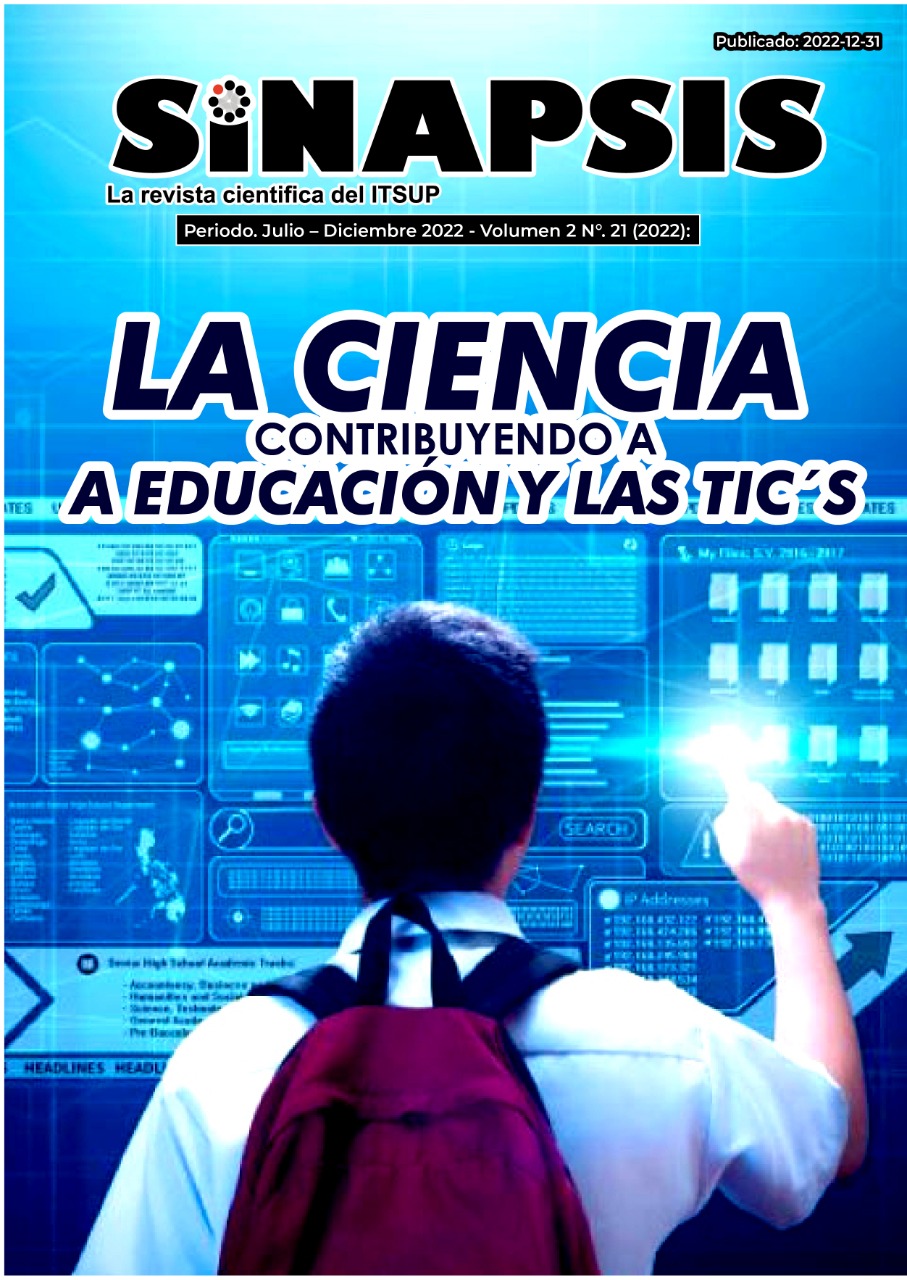Reflex Neurons and their benefit in modifying behavior in infants
DOI:
https://doi.org/10.37117/s.v2i21.645Keywords:
neurons, reflex neurons, behavior modification, infantsAbstract
By daily observing the different behaviors that the human being can venture into. In the same way, the behaviors of other individuals are analyzed to whom we assign a reason, this occurs with the different situations that occur in an artistic, work, school environment, etc., or in the one that focuses attention on which there is a desire to experiment, which means that in the different relationships there is much more than inquiry. Some experts agree that just as the human being observes or explores the forms of behavior of other individuals, in the same way he imitates these, known as Reflex Neurons or known as mirror. Determining a special aspect or we would say essential, in a good use of these in therapeutic processes. In the present bibliographic review work, this concept and its use were analyzed, determining excellent results in the execution, both in the daily life of the infant at home, as well as the different surroundings where it develops, as it develops, as is the case in the educational environment, the infant tends to copy behavioral and behavior formats.
Downloads
References
Bautista J., Navarro Jr. (2011). Neurona espejo y el aprendizaje en anestesia. Rev. FAc.Med. 2011, 59:339-351.
Cava, G. y Sanmartín, J. (13 de mayo de 2013). Neuronas espejo y aprendizaje por imitación [Mensaje en un blog]. Master Universitario online. Recuperado de https://online.ucv.es/resolucion/neuronas-espejo/
Flores, E. (5 de 03 de 2020). NeuroClass. "Neuronas espejo en la educación". Salamanca, España. Obtenido de NeuroClass: https://neuro-class.com/contacto/
Gallese, V., Fadiga, L., Fogosa, L., & Rizzolatti, G. (1996). Action recognition in the premotor cortex. Brain, 119 ( Pt 2), 593-609.
Gallese, V., Fadiga, L., Fogassi, L., & Rizzolatti, G. (2002). Action representation and the inferior parietal lobule. In W. Prinz & B. Hommel (Eds.), Common mechanisms in perception and action (Vol. XIX, pp. 334-355). Oxford: Oxford University Press.
Iriondo, J. (1 de Obtubre de 2018). cepymenews. Obtenido de cepymenews: https://cepymenews.es/neuronas-espejo-papel-juegan-nuestra-vida.
Pérez, A. (12 de enero de 2016). Neuronas espejo, sus funciones en el aprendizaje [Mensaje de un blog]. Recuperado de http://www.nuecesyneuronas.com/neuronas-espejo- aprendizaje/
Leslie, A. (1997). “El origen de la teoría de la mente”. PsychologicalReview. 94, 84-106
Lipps, (1903). La empatía en la primera infancia. Obtenido de Dialnet- La Empatía En La Primera Infancia – 5763104 pdf
Meltzoff y Moore (1977) Entonamiento emocional: neuronas espejo y los apuntalamientos neuronales de las relaciones interpersonales. Revista Internacional de Psicoanálisis Aperturas, 55 (026)
Recuperado de http://www.aperturas.org/articulo.php?articulo=0000447
Rizzolatti & Sinigaglia. (2006). Las neuronas espejo. Los mecanismos de la empatía emocional. Barcelona: Ediciones Paidós Ibérica.
Rodríguez. (2014). Cómo funcionan las neuronas espejo en los niños. Recuperado de http://www.tubebeytu.com/sitio/como-funcionan-las-neuronas-espejo-en-los-ninos/
Watson. (1924). Teorías de la imitación, como un medio importante de transmisión de
comportamientos. https://yoprofesor.org/2017/11/13/teorias-de-la-imitacion-como-un- medio-importante-de-transmision-de-comportamientos/
Downloads
Published
How to Cite
Issue
Section
License
Copyright (c) 2022 Alexandra Teresita Irrazabal Bohórquez, Teresa Karina Córdova Tamayo, Zila Estevés Franco

This work is licensed under a Creative Commons Attribution-NonCommercial-NoDerivatives 4.0 International License.
El Copyright posee el propósito de proteger tanto la propiedad intelectual de los autores como sus resultados. El comité editorial de la Revista Sinapsis se compromete con los autores a proteger, defender y preservar tanto su trabajo como su reputación, y toma muy en serio las acusaciones de infracción, plagio, disputas éticas y fraude. Si un autor se da cuenta de un posible plagio, copia de resultados, fraude o infracción, le rogamos que se comunique con la mayor brevedad posible con el comité editorial de la revista Sinapsis.
CC BY-NC-ND: esta licencia permite a los reutilizadores copiar y distribuir el material en cualquier medio o formato solo sin adaptarlo, solo con fines no comerciales y siempre que se le atribuya al creador.
Términos de Licencia:
Reconocimiento: debe otorgar el crédito correspondiente, proporcionar un enlace a la licencia e indicar si se realizaron cambios. Puede hacerlo de cualquier manera razonable, pero no de ninguna manera que sugiera que el licenciante lo respalda a usted o su uso.
No comercial: no puede utilizar el material con fines comerciales.
No Derivada: si remezcla, transforma o construye sobre el material, no puede distribuir el material modificado.
Sin restricciones adicionales: no puede aplicar términos legales o medidas tecnológicas que restrinjan legalmente a otros de hacer cualquier cosa que permita la licencia.
El autor esta en la obligación de seguir las exigencias según lo instruido en la licencia ubicada en el enlace: https://creativecommons.org/licenses/by-nc-nd/4.0/deed.es






